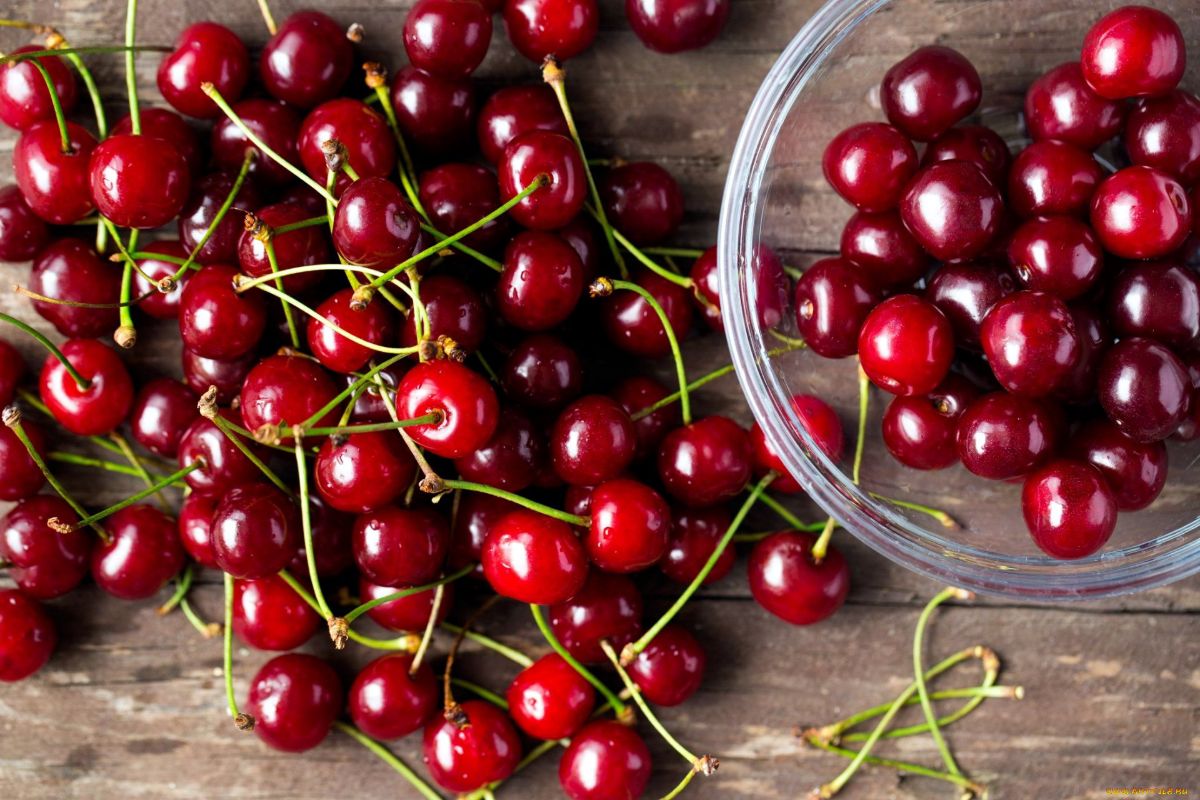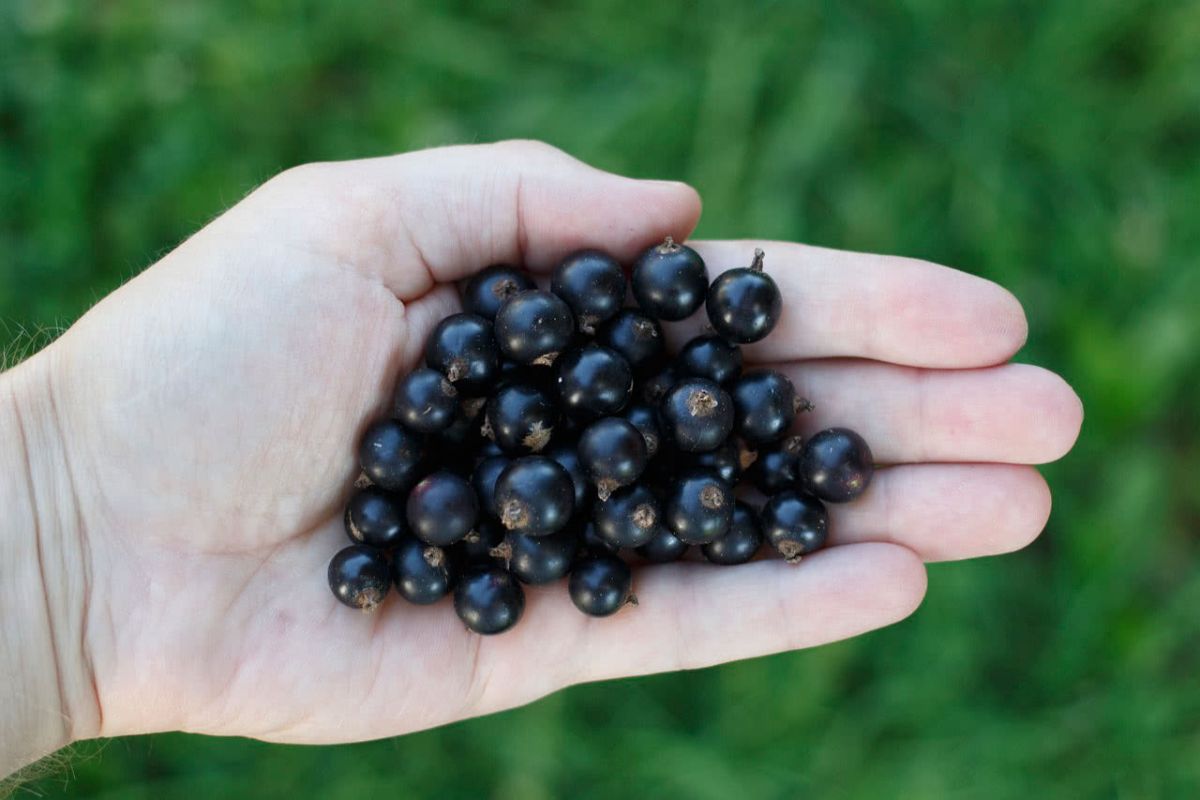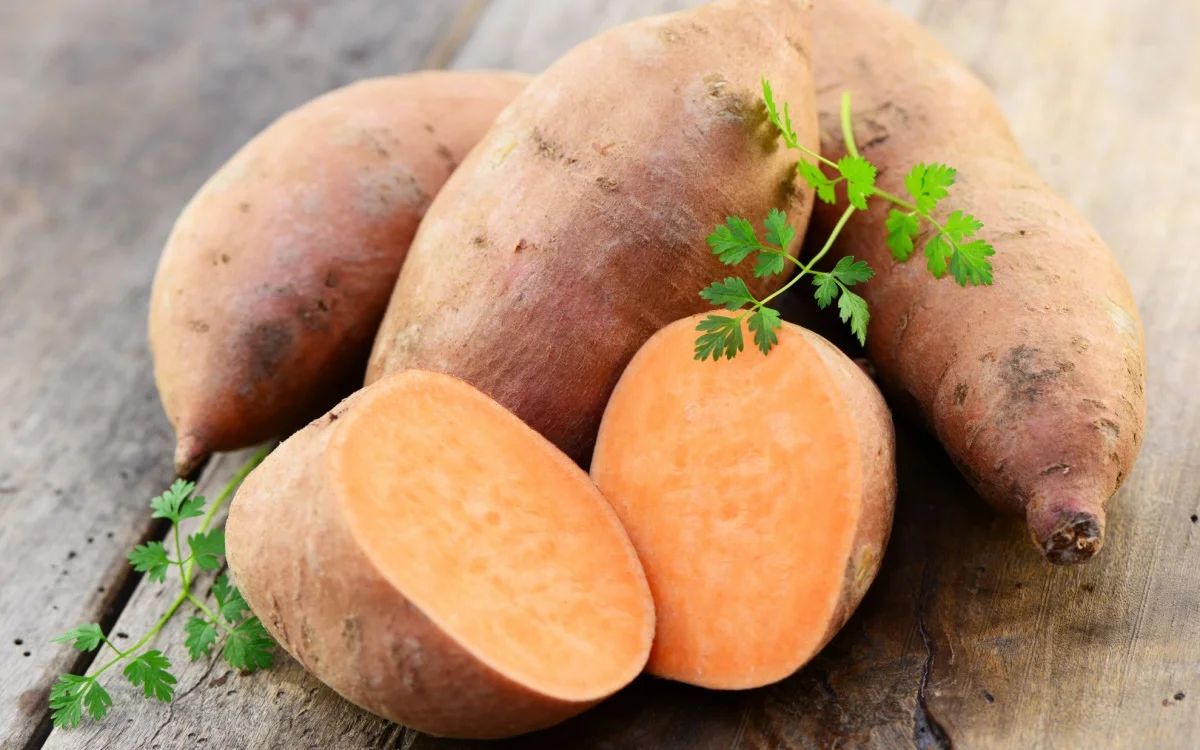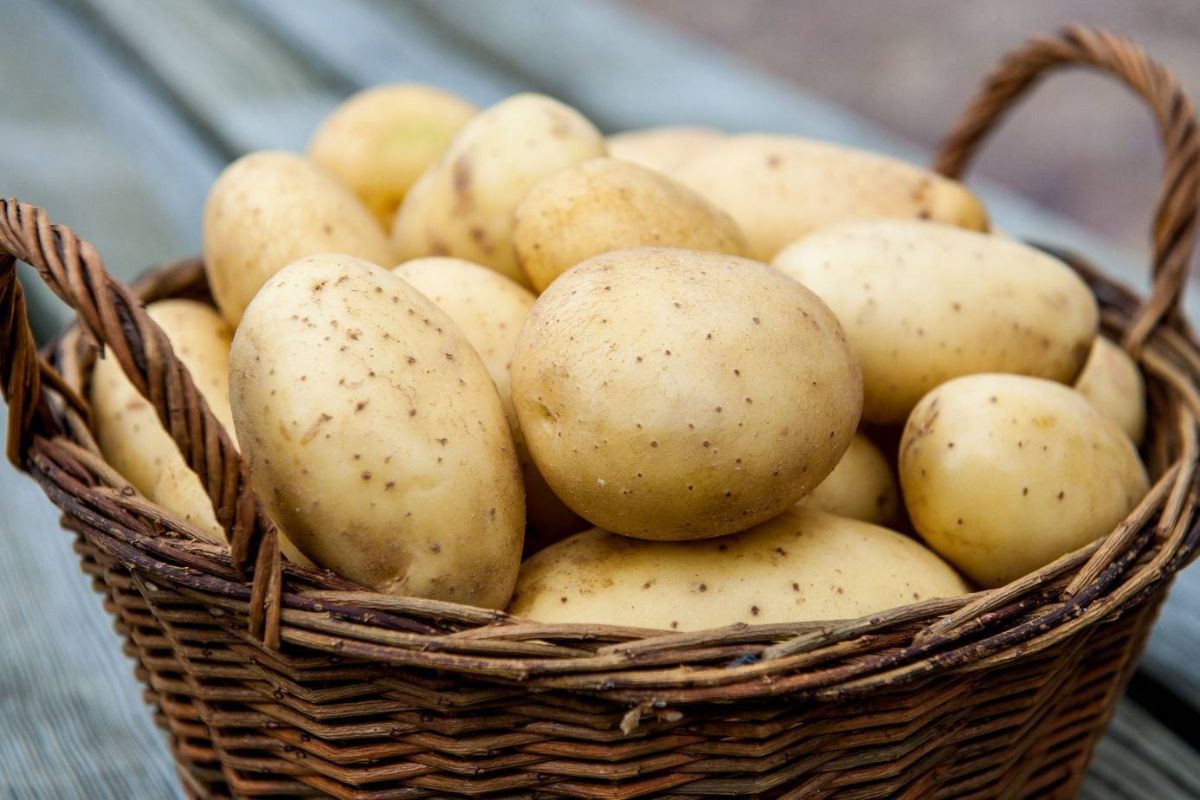9 health benefits of strawberries according to scientists
Strawberries are one of the most common berries in the world, which has a characteristic aroma, bright red color and juicy texture.
Due to the high content of vitamins, minerals and antioxidants, strawberries have important beneficial properties.
According to research, its use reduces the risk of developing diseases from the cardiovascular, endocrine and digestive systems of humans.
Strawberries also stimulate the immune system, normalize body weight, improve the aesthetic properties of skin, hair and teeth. It has a beneficial effect on the course of pregnancy and reduces the likelihood of defects in the fetus.
Content
How it is useful – 9 facts
Below are 9 main theses about the benefits of strawberries, which have a scientific basis.
1. Unique composition
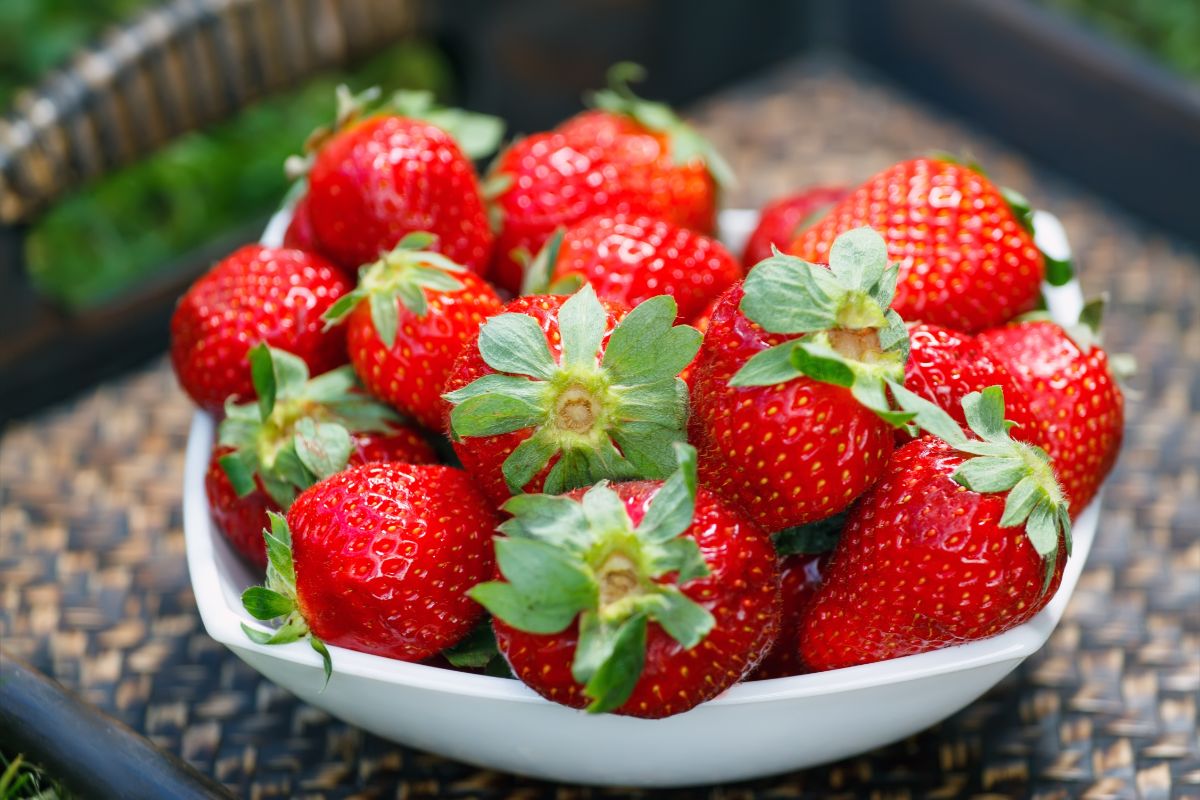
Strawberries are a low–calorie berry (about 32 calories per 100 grams). She contains the following biologically active substances:
| Component Name | Specific gravity or percentage of daily requirement per 100 grams |
| water | 91 grams |
| proteins | 0.7 grams |
| carbohydrates | 7.7 grams |
| glucose | 4.9 grams |
| fiber | 2 grams |
| fats | 0.3 grams |
| Vitamin C | 98 % |
| Vitamin B9 | 6 % |
| Vitamin K | 3 % |
| Vitamin B1 | 2 % |
| Vitamin B6 | 2 % |
| manganese | 19 % |
| potassium | 4 % |
| magnesium | 3 % |
| iron | 2 % |
| calcium | 2 % |
Carbohydrates in strawberries are represented, to a greater extent, by simple sugars. However, the glycemic index is low – about 40, which allows people with diabetes to consume the berry even.
Among the most valuable substances for our health in the composition of the berry are:
- Vitamin C (Ascorbic acid) . Is the strongest antioxidant, improves the condition of the skin and increases immunity.
- Vitamin B9 ( Folic acid). Reduces the risk of fetal malformations during pregnancy is responsible for adequate hematopoiesis.
- Manganese. Needed for the course of redox processes in the human body.
- Potassium. Regulates blood pressure and contractility of the myocardium (the main muscle of the heart).
- Antioxidants. Ellagic acid and ellagotanins contribute restore adequate intestinal microflora, destroy foreign viral and bacterial agents in the body, prevent malignant cell transformation. Anthocyanins and proanthocyanides reduce cardiovascular morbidity in general. Pelargonidine is responsible for the red color of the berry.
2. Improved digestion
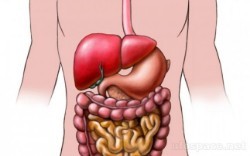 Fresh strawberries – unique source of fiber
.
Fresh strawberries – unique source of fiber
.
According to the data scientists from the USA, fiber normalizes the motor activity of the intestinal wall, which leads to an acceleration of the movement of feces. As a result, constipation, excessive gas formation and putrefaction are less common.
Also fiber serves as food for friendly microorganisms. Against the background of an increase in the number of beneficial representatives of the microflora, the growth and reproduction of pathogenic and opportunistic forms is inhibited.
Turkish scientists claim that dietary fiber (fiber) reduces the risk of developing many diseases not only from the gastrointestinal tract, but also from the whole body.
Dietary fiber in strawberries is effective in preventing constipation, hemorrhoids, colon and rectal cancer, gastritis, peptic ulcer of the stomach and duodenum, diverticulitis, stroke, obesity, diabetes mellitus, hypertension and coronary heart disease.
3. Normalization of cholesterol levels and reduction of blood pressure
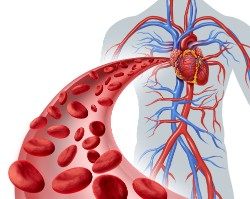 Strawberries contain a number of substances that help fight cardiovascular diseases.
Strawberries contain a number of substances that help fight cardiovascular diseases.
Works of American scientists demonstrate that anthocyanins reduce the level of total cholesterol in the blood, as well as its atherogenic fractions (LDL, VLDL).
Against the background of regular consumption of strawberries, metabolism in adipose tissue also improves and the concentration of glucose in the blood decreases.
Proven that fresh strawberries, due to the presence of potassium in the composition and a pronounced antioxidant effect, relaxes smooth muscles in the walls of arteries and lowers blood pressure.
Numerous major foreign studies show that regular inclusion of strawberries in the diet really reduces the risk of developing cardiovascular diseases by 11-28%.
It turns out that strawberries prevent the development of atherosclerosis and associated complications (coronary heart disease, myocardial infarction, stroke), hypertension and its companions (heart failure or chronic kidney disease).
4. Blood glucose control
 Type II diabetes mellitus is an extremely common disease in which violated
sensitivity of peripheral tissues (muscle and fat) to insulin, which leads to impaired glucose utilization by cells and an increase in its concentration in the blood.
Type II diabetes mellitus is an extremely common disease in which violated
sensitivity of peripheral tissues (muscle and fat) to insulin, which leads to impaired glucose utilization by cells and an increase in its concentration in the blood.
According to the information scientists from France, strawberries, despite the abundance of simple sugars in the composition, do not cause sudden sugar spikes after consumption. On the contrary, it slows down the absorption of glucose from the intestinal lumen.
According to the data American scientists, strawberries also increase the sensitivity of peripheral tissues to insulin and accelerate the absorption of glucose by cells, affecting the root cause of type II diabetes mellitus.
5. Reducing the likelihood of developing cancer
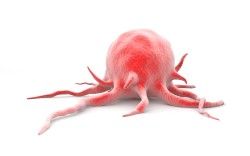 The appearance of malignant tumors, in most cases, related
with oxidative stress, free radical damage, and chronic inflammation.
The appearance of malignant tumors, in most cases, related
with oxidative stress, free radical damage, and chronic inflammation.
According to a number of studies ( the first , the second , third ) it can be concluded that strawberries are able to partially suppress chronic inflammation and reduce the destructive effects of free radicals on body cells.
To date, the direct effectiveness of strawberries against cancer has been proven of the oral cavity and liver .
6. Stroke prevention
 According to one of the large meta-analyses
(over 350 thousand participants), the use of antioxidants contained in strawberries (anthocyanins, kaempferol, quercetin) significantly reduces the likelihood of acute cerebral circulatory disorders (stroke or transistor ischemic attack).
According to one of the large meta-analyses
(over 350 thousand participants), the use of antioxidants contained in strawberries (anthocyanins, kaempferol, quercetin) significantly reduces the likelihood of acute cerebral circulatory disorders (stroke or transistor ischemic attack).
The effect is associated with the positive effect of antioxidants on nerve tissue cells, during which resistance to ischemia increases and the risk of intracerebral vascular thrombosis is reduced.
7. Weight Loss Aid
 Strawberries are rich in antioxidants and vitamin C, which have a positive effect on metabolism in adipose tissue.
Strawberries are rich in antioxidants and vitamin C, which have a positive effect on metabolism in adipose tissue.
Observed slowing down the formation of new fat depots, accelerated destruction of adipocytes in order to obtain energy.
A special role is given to dietary fiber (fiber). Their effects include:
- Rapid development of a feeling of satiety. Proven that upon contact with water, the fibers increase in volume, causing a mechanical feeling of saturation. As a result, over the next few hours, the person feels less hungry and consumes less food.
- Acceleration of intestinal motor activity . The short time spent in the feces in the body inhibits the processes of putrefaction and fermentation, which reduces absorption of nutrients.
- Slowing down the absorption of fats. Any products with a high water content in the composition (in strawberries – 91%) reduces the rate of absorption of fats from the lumen of the digestive system.
8. Cosmetic properties
 Scientists from the USA claim
that strawberries protect the skin from the harmful effects of ultraviolet solar radiation and slow down the likelihood of wrinkles on the face.
Scientists from the USA claim
that strawberries protect the skin from the harmful effects of ultraviolet solar radiation and slow down the likelihood of wrinkles on the face.
Proven That the substances contained in the berry moisturize the skin, increase its firmness and elasticity.
Face masks and creams are often made from strawberries.
Wiping the face with strawberry oil is widely used to prevent the formation of wrinkles, increase the smoothness and elasticity of the skin. Also, rubbing oil into the hair improves their condition.
The positive effect of berries on the condition of teeth is also noted.
9. Benefits for children and pregnant women
 As already mentioned, strawberries have a unique composition.
As already mentioned, strawberries have a unique composition.
A similar combination of vitamins, antioxidants and minerals related with the following benefits for the body of children:
- Increased resistance to foreign infectious agents. This property is especially important for children from 6 to 18 months of age, when there is a physiological immaturity of their own immunity.
- Normalization of metabolic processes and bowel function .
- Antimicrobial and anti-inflammatory effect.
- Proper development of all organs (by compensating for vitamin deficiency).
Strawberries are also recommended for women during pregnancy (in the absence of contraindications). Biologically active substances prevent the formation of defects in the fetal nervous system, and also have a beneficial effect on the course of pregnancy (prevention of gestational diabetes mellitus and preeclampsia).
Harm and contraindications
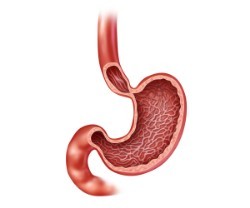 Strawberries are usually well tolerated by the body. However, in rare cases, it can harm a person.
Strawberries are usually well tolerated by the body. However, in rare cases, it can harm a person.
Contraindications include:
- Allergy. If you have a history of strawberry allergy, its use is strictly prohibited. There is also evidence of cross-cases of hypersensitivity, when a pathological reaction is observed simultaneously on strawberries and on birch pollen, apples, plums. Allergopathology can manifest in different ways: from itching or urticaria to anaphylactic shock.
- Diseases of the gastrointestinal tract in the acute stage. Strawberries contain extraactive substances that irritate the mucous membranes of the digestive tube. The berry can worsen the course of gastritis, enteritis or peptic ulcer disease.
- Taking beta blockers. This type of medication increases the level of potassium in the blood . Strawberries have a similar property. Hyperkalemia can cause cardiac arrest or acute hypotension.
How to use it correctly?
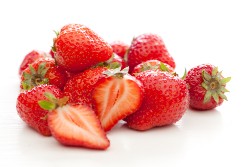 Method of administration. The most useful way to eat strawberries is fresh. It is also used for making compotes, jams, fruit drinks, jellies, and dessert fillings. Medicinal teas, decoctions and infusions are made from leaves, tails, twigs and stalks of strawberries.
Method of administration. The most useful way to eat strawberries is fresh. It is also used for making compotes, jams, fruit drinks, jellies, and dessert fillings. Medicinal teas, decoctions and infusions are made from leaves, tails, twigs and stalks of strawberries.
- Reception time. Do not eat berries in the morning for breakfast (especially on an empty stomach) because of the pronounced irritating effect on the mucous membranes of the stomach and duodenum, as well as before going to bed, as this will overload the digestive system and create problems with sleep.
- Daily rate. An adult should eat no more than 250-300 grams of berries per day. It is important to keep in mind that strawberries are a highly allergenic product, so it is important to normalize their consumption.
- Combination with other products. You can combine strawberries with other fruits or berries (especially raspberries, cherries, blueberries), cinnamon, whipped cream, honey and oatmeal. Strawberries also go well with any dairy products (low-calorie or low-fat yogurt, milk, sour cream, cottage cheese). In addition, it serves as a good ingredient for making cocktails and smoothies.
- Is it possible to eat wild berries? Yes! Wild strawberries contain even more biologically active substances than ordinary garden strawberries. Wild and meadow strawberries are also extremely useful.
- Are white worms dangerous on a berry? Yes! White worms on strawberries, also known as nematodes, can cause allergic reactions or poisoning in humans. In the presence of worms, the berry is considered unsuitable for consumption.
- Comparison with raspberries. Both types of berries have healing properties. Strawberries contain more vitamin C and antioxidants, which means it is preferable to use them for Enhance immunity and the fight against cancer. Raspberries contain much more manganese and potassium, therefore, they are more suitable for people with cardiovascular diseases.
How to save it for the winter?
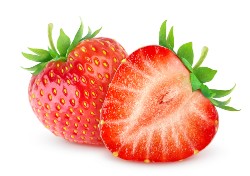 There are several main ways to increase the duration of storage:
There are several main ways to increase the duration of storage:
- Freezing. This is the most preferred option. Frozen strawberries retain a number of vitamins and antioxidants in almost pristine form for up to 6 months. It is important to avoid repeated freezing!
- Drying. Leads to an increase in sugar content and energy value. Dried strawberries retain most of their medicinal properties, but are categorically contraindicated in patients with obesity or diabetes mellitus.
- Conservation. It is allowed to preserve berries in the form of juice or compotes, but the concentration of nutrients is significantly reduced.
- Options with added sugar. Jam, jelly, and berries mashed with sugar are extremely high in calories. These options are the most harmful and are not recommended for use in the presence of pathologies of the glycemic background.
Proper freezing
To properly freeze a berry, you need
- Select the best berries (large, without damage), rinse them and dry thoroughly.
- Spread out on trays, if several layers of berries are laid out, make a polyethylene layer.
- Freeze from 18 to 24 hours.
- Then pour the berries into a bag and store in the freezer. The shelf life is up to 12 months.
Proper drying
To dry, you should:
- Sort, wash and thoroughly dry the berries.
- Put on a baking sheet in one layer.
- Dry in the oven, preheated to 60-70 degrees for about 4 hours.
- Transfer the dried berries to an airtight container or bag. Store in a dry place.
6 cooking recipes
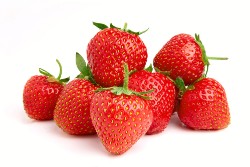 Below are some simple recipes using strawberries.
Below are some simple recipes using strawberries.
1. Compote
For 1 can of ready-made compote, you will need:
- 1-1.5 kg of strawberries;
- 350 grams of sugar;
- 3 liters of water.
Preparation scheme:
- Prepare the jars, rinse them thoroughly in hot water using baking soda.
- Boil the lids, keep the jars steamed for about 10-15 minutes.
- Choose berries (they must be whole, without a stalk). Rinse and dry them. Fill each jar by 1/3.
- Pour boiling water over the jars, cover with lids. Let it brew for 15 minutes.
- Drain all the water into a saucepan, leaving the strawberries in jars. Add 350 grams of sugar to the water, stir until completely dissolved.
- Bring the water and sugar to a boil and fill the jars to the brim. Roll up the lids immediately.
- Turn the jars upside down, wrap them up. Let it cool down. Store in a cool, dark place.
2. Morse
Ingredients needed:
- 500 grams of strawberries;
- 70 grams of sugar;
- 200 ml of water.
Recipe:
- Wash and select the berries. Remove the pedicels.
- Squeeze the juice from the berries in a juicer. Put the juice in the refrigerator. Put the cake in an enameled dish.
- Add water and sugar to the pan.
- Bring to a boil and cook for about 1-3 minutes.
- Strain, cool, mix with juice. The dish is ready!
3. Juice
The process of making juice is extremely simple, it will require any juicer or blender. However, the cooking technology differs significantly if it is necessary to extend the shelf life of the resulting juice:
- Squeeze the juice.
- Pour the juice into an enameled saucepan. Heat to a temperature of 85-90 degrees.
- Boil water at the same time and heat glass jars over steam (from 5 to 30 minutes).
- Pour the juice into jars, close the lids. Roll it up.
- Store in the refrigerator for up to 6 months.
4. Strawberry cocktail
To make the simplest cocktail, you will need:
- 150 grams of strawberries (it is better to take frozen);
- 350 ml of cold milk;
- 250 ml of ice cream (preferably vanilla).
Cooking scheme:
- Put all the ingredients in a blender.
- Beat for 3-4 minutes.
- Pour the resulting mixture into glasses. The drink is ready!
5. Jam
Needed:
- Strawberries – 1,000 grams;
- Sugar – 1,000 grams.
Recipe:
- Put the strawberries in a saucepan or metal basin, add sugar. Let stand for about 5 hours. The stems of the berries can not be torn off.
- Bring the composition to a boil, stirring the future jam periodically (from the edges to the middle). Cook for 5 minutes.
- Remove from heat. Arrange in sterilized jars. Roll up the lids.
6. Strawberries, mashed with sugar
Will be required:
- 1.2 kg granulated sugar;
- 1 kg of strawberries.
Cooking scheme:
- Wash the strawberries, pass them through a meat grinder. You can mash strawberries using a pulp.
- Mix the mass with sugar until the latter is completely dissolved.
- Spread out in sterilized jars, roll up.
Conclusion
- Strawberries contain valuable antioxidants, vitamins (especially vitamin C) and minerals (manganese, potassium).
- With regular use, there is an improvement in the health of the cardiovascular and digestive systems, cancerous tumors are less common.
- The berry stimulates the immune system, and also has a positive effect on the course of pregnancy and the subsequent development of the child's body.
